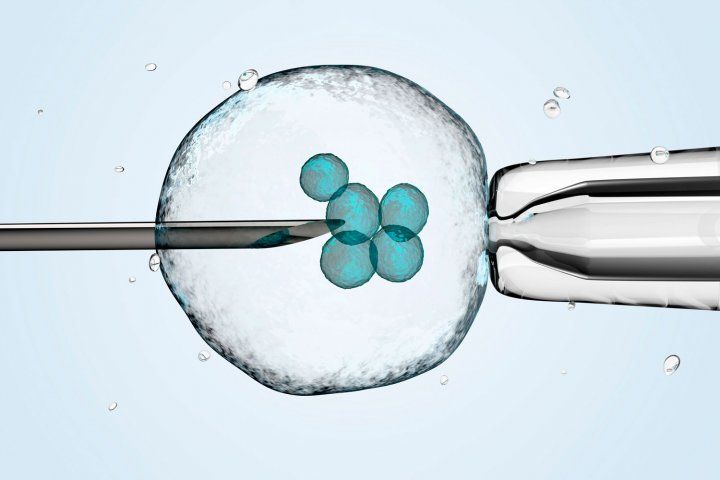What’s So Controversial About the First Gene-Edited Babies? Experts Explain

A Chinese researcher, He Jiankui, announced the birth of the first babies who had their DNA edited as embryos. He said he used CRISPR to disable a gene in the twins called CCR5 in order to make their cells immune to HIV infection. His announcement has drawn widespread criticism from the scientific community over ethical and safety concerns.
We asked UCSF experts in gene editing and bioethics for their take on the news.
Bruce Conklin, MD, is a professor at UCSF and senior investigator at the Gladstone Institutes who studies therapeutic genome editing. Barbara Koenig, PhD, RN, is director of the UCSF Program in Bioethics and a professor in the Institute for Health and Aging.
Scientists have already edited DNA in adult cells to treat disease. How is editing the genome of an embryo different?
Bruce Conklin, genome scientist: What’s done here is an edit in a fertilized egg, and this change will be passed down to children in perpetuity. In contrast, our lab is studying somatic gene editing in adults, so we would edit a particular tissue – for example the retina – so only the retina is changed and not passed to the next generation. We are focused on treating genetic diseases that are incurable, but our treatments will not be passed down to the next generation.
Barbara Koenig, bioethicist: The reason that germline editing has always been the last frontier is that if you make a mistake, it will be a mistake for all future generations. But it’s not totally a clear dividing line, because it’s also possible that somatic edits could have off target effects on egg or sperm.
Why is He’s claim so controversial?
Koenig: This is a very big deal because it would be an intervention of the germline. There is an international understanding that there should be a moratorium on interventions in human embryos that would be carried into pregnancy. This action was clearly out of sync with those recommendations.
There are a lot of other things concerning about this situation – a lone scientist on leave from his university, announcing a scientific finding in a promotional video. It feels like a wild west scenario.
Conklin: The medical need for this particular edit is really overstated. If it had gone to an ethics committee it wouldn’t have passed the first bar because it wouldn’t have been seen as medically necessary. With in vitro fertilization (IVF), the chances of passing on HIV are virtually zero. There really is no risk to the infants.
And in terms of genetic disorders, the vast majority can be avoided with IVF combined with preimplantation genetic testing and genetic counseling.
What are the risks?
Conklin: The part we are most concerned about are off-target effects – that could cause cancer, for example. Also, editing could be different in different cells. The editing is done at the time of IVF, in a single egg cell, but at implantation it’s grown to a blastocyst with 300 to 500 cells. It’d be almost impossible to tell what’s going on in every one of those 500 cells.
What does this mean for the future of human gene editing?
Koenig: Everybody thinks the germline barrier will eventually be broached, but we want to do it in a very careful way. We want to make sure we have the appropriate mechanisms in place to oversee innovative genetic technologies and to educate all scientists and trainees why these ethical concerns need to be addressed.
Conklin: This is certainly a call to action within the international community – we have agreements, but we have to find ways to enforce them.
My fear is that this will be mixed up with non-germline therapeutic editing. We need to be able to distinguish from that and not lose momentum from ethical approaches just because there’s someone who’s a rogue scientist and breaking all the rules.